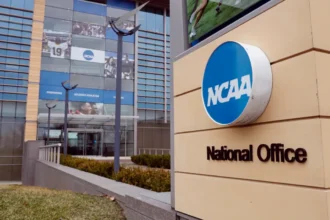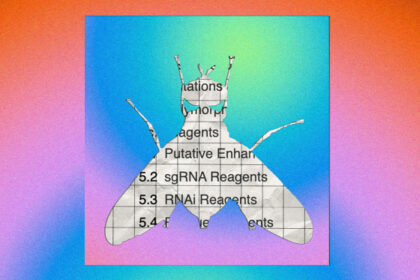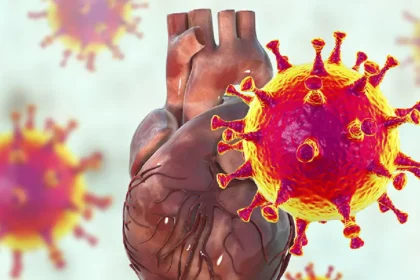One-time CRISPR therapy shows dramatic LDL and triglyceride reductions in early clinical trial
In a landmark pilot study, doctors have used gene-editing technology to produce substantial reductions in “bad” cholesterol and triglycerides raising the possibility of a future where a single infusion might replace lifelong medication for some patients.
The trial involved 15 adult participants with elevated levels of low-density lipoprotein (LDL) cholesterol and triglycerides, despite standard therapies. Researchers used a CRISPR-based therapy to disable a gene called ANGPTL3 in liver cells a gene that, when naturally inactive in some people, appears to confer lifetime protection against cardiovascular disease. The highest-dose participants achieved roughly a 50 % drop in LDL cholesterol and about a 55 % drop in triglycerides within weeks of the infusion.
What the therapy does
ANGPTL3 (angiopoietin-like protein 3) plays a role in regulating both LDL cholesterol and triglycerides. Individuals with a naturally inactive version of the gene have strikingly low levels of these blood fats and correspondingly lower risk of heart disease, without apparent adverse effects. Using CRISPR, the research team targeted this gene in the liver, where much of the body’s cholesterol and triglyceride handling occurs, to mimic that protective mutation. Because the gene-editing is localized to liver cells, broader systemic gene disruption is avoided a design intended to improve safety.
Clinical results and safety considerations
At the higher dosage levels in the study, patients attained around a 50 % reduction in LDL cholesterol and around a 55 % reduction in triglycerides. The study also observed a modest drop in high-density lipoprotein (HDL) cholesterol the “good” cholesterol but this mirrored patterns seen in people with the natural ANGPTL3 mutation and is not currently thought to pose harm. Side-effect reports were limited. Some participants had mild issues such as infusion-site irritation or brief liver enzyme elevations that resolved quickly. One participant died six months after the infusion; however, investigators determined that event was unrelated to the treatment and occurred in a person with extensive pre-existing cardiovascular disease who had received a very low dose. Researchers emphasise that long-term monitoring up to 15 years is planned before this approach could become routine.
Implications for cholesterol management
If future larger trials replicate these results and confirm safety, the therapy could transform how high cholesterol and cardiovascular risk are managed. Instead of daily pills or periodic injections (such as statins or other lipid-lowering therapies), patients might receive a one-time treatment with long-lasting effect. This is particularly promising for people whose cholesterol remains difficult to control and for whom the lifelong burden of medication is substantial. The potential shift from “take a pill for decades” to “get a treatment once and reduce risk for life” is remarkable in scope.
Cautions and next steps
Despite the excitement, researchers caution that the trial remains very small and early in development. Existing medications already achieve significant LDL reductions; the key questions are long-term durability, safety, and cost-effectiveness at scale. Experts note that gene-editing for common conditions demands a far higher safety bar, given the large populations involved. Regulatory and ethical oversight will be critical as the therapy progresses into broader trials. Larger Phase II and Phase III studies are planned, and only after successful outcomes could regulators approve such an intervention for general use. Until then, patients are strongly advised not to abandon existing therapies.
Broader significance
This research represents a major step in the transition of CRISPR and gene-editing technologies from rare genetic disorders to much more common conditions such as cardiovascular disease. Heart disease remains the leading cause of death in many countries, including the United States. Thus, successful gene-editing interventions in this field could have far-reaching public-health impact. At the same time, the study highlights a shift in how medicine is evolving: from lifelong symptom management to potentially curative or long-acting interventions that alter the underlying biology.
Expert perspective
One cardiologist commented that the treatment is “a dream come true” for younger patients with severe cholesterol disorders a future where a “one-and-done” therapy may exist. Others caution that while this is promising, history shows that early hope must be tempered with rigorous testing and long-term follow-up. From a patient perspective, the idea of controlling both LDL and triglycerides simultaneously through gene editing is highly attractive especially given the vast number of individuals whose cholesterol remains uncontrolled despite existing therapies.
Final thought
While still early, the results of this pilot gene-editing study mark a profound advance in cardiovascular medicine. If the approach proves effective and safe in larger cohorts, it may usher in a new era of lipid-lowering treatment moving beyond pills and injections to a single‐time intervention that changes the trajectory of heart disease for decades. For now, the research team continues work carefully, and the medical community watches with anticipation.











